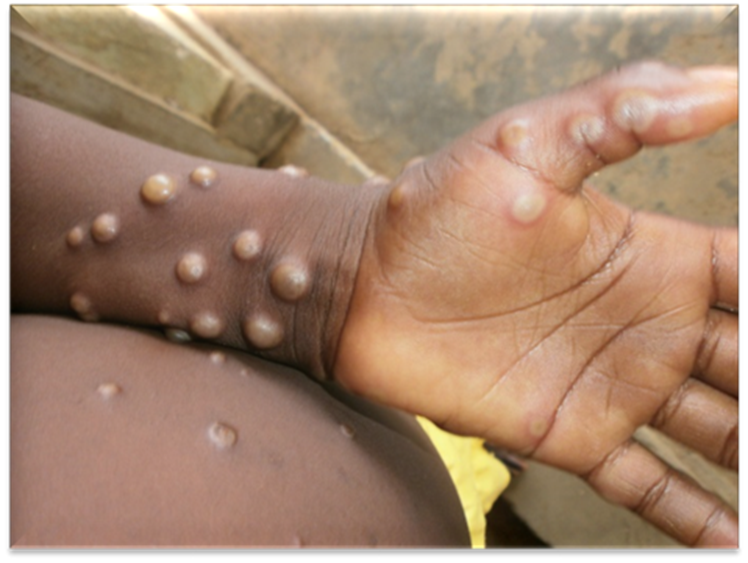Examining the Stability of Monkeypox Viruses
The study focused on understanding the survivability of monkeypox viruses on different surfaces. Through rigorous experimentation and analysis, researchers discovered that these viruses exhibit a relatively stable nature and are capable of persisting on surfaces for extended periods. This newfound knowledge is crucial in evaluating the potential risks of transmission and implementing appropriate preventive measures.
Longevity on Surfaces
The research revealed that monkeypox viruses can maintain their viability on various surfaces for considerable durations. Surfaces commonly encountered in everyday settings, such as metals, plastics, and fabrics, were found to support the survival of these viruses. This insight highlights the importance of practicing stringent hygiene measures and disinfection protocols, particularly in areas where monkeypox viruses may be present.
Transmission Implications
Understanding the stability of monkeypox viruses on surfaces has significant implications for transmission dynamics. Surfaces contaminated with these viruses can serve as potential sources of infection, especially when individuals come into direct contact with them. This highlights the importance of thorough hand hygiene, surface cleaning, and disinfection practices to minimize the risk of transmission in various settings, including healthcare facilities and public spaces.
Preventive Measures
Based on the study's findings, implementing preventive measures becomes paramount in controlling the spread of monkeypox viruses. Regular disinfection of surfaces, especially high-contact areas, is crucial to reducing the potential for transmission. Additionally, promoting awareness about proper hand hygiene practices and the use of personal protective equipment can play a vital role in preventing the spread of monkeypox viruses within communities.
Future Research and Preparedness
The research highlights the relatively stable nature of monkeypox viruses on surfaces, underscoring the importance of preventive measures to minimize transmission risks. By comprehending the longevity of these viruses outside the host, we can implement robust hygiene practices and disinfection protocols to protect individuals and communities. Ongoing research and preparedness efforts will continue to refine our knowledge and contribute to the development of effective strategies for combating monkeypox virus transmission.



.jpg)
.jpg)

0 Comments